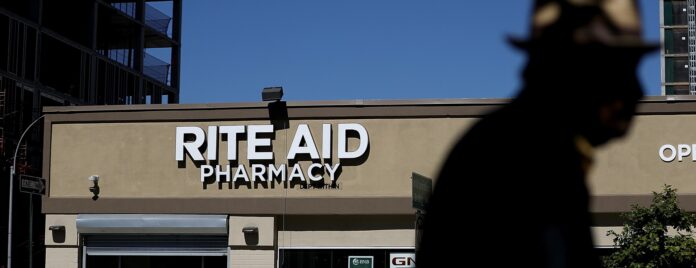Nancy Zailo is at the back of the line. She’s behind Jeffrey Stein, the Rite Aid Corp. chief executive collecting $300,000 paychecks every month. She’s behind consultants at Alvarez & Marsal, who have billed the pharmacy chain $75 million and counting. She’s behind bondholders and $2,000-an-hour lawyers from Kirkland & Ellis. And she’s behind lenders like Bank of America and Wells Fargo that are collecting millions of dollars in interest from a credit line carrying the company through bankruptcy. Only after they’ve all been paid — along with many, many others — could some of what’s left go to thousands like Zailo who allege the drug-store chain ignored red flags as it fed their opioid addictions for years. “I lost everything,” she said.
Here’s what she’s expected to get: Nothing.
The plight of people like Zailo, it turns out, does little to bend the rigid structures of the US Bankruptcy Code. In fact, insolvency rules make it pretty easy for Rite Aid to nearly ignore its opioid claimants altogether. Rite Aid, which has denied wrongdoing, faced more than 1,600 opioid lawsuits when it filed for bankruptcy in October.
While rivals Walmart, CVS Health Corp. and Walgreens Boots Alliance Inc. agreed to pay more than $13 billion combined to settle opioid lawsuits, Rite Aid never reached a similar accord before its bankruptcy filing put litigation on hold. The company told opioid plaintiff lawyers it didn’t have the funds, according to people with knowledge of the negotiations, who asked not to be named because the talks were private. And unlike drugmakers that have gone bankrupt, the retailer doesn’t expect it will wind up with any money to pay opioid victims. “It’s a real problem that bankruptcy is being used this way, even when a company has other financial problems.” “Bankruptcy is perceived as a strategic tool that provides enormous leverage in negotiations with injured people,” said Melissa Jacoby, a law professor at University of North Carolina Chapel Hill.
Rite Aid’s restructuring talks have focused on how much it can afford to repay its secured creditors before either selling itself or reorganizing into a new company, immune from future opioid lawsuits. People like Zailo are simply lumped in with every other general unsecured creditor, meaning they’re among the last to get any compensation. Photographer: Mario Tama/Getty Images North America Bankruptcy is notoriously expensive, and large companies’ advisory fees often climb into the hundreds of millions. Just five months into its court proceedings, Rite Aid is facing at least $200 million in fees from lawyers, consultants and bankers, according to court records. In January it hired additional consultants to liquidate its assets. So high are the fees that some of the company’s creditors, themselves no strangers to expensive lawyers, have grown concerned about how rapidly they’ve been piling up, according to people with knowledge of the matter, who asked not to be named because the discussions were private. Rite Aid and Wells Fargo declined to comment. Kirkland & Ellis, Alvarez & Marsal and Bank of America didn’t respond to requests for comment.
…
